
About Glutamine Peptide - PRONUTRITION
Glutamine Peptide - PRONUTRITION
Food supplement based on L-Glutamine peptide (L-Alanin L-Glutamine; Glycil L-Glutamine)
FORMAT
Pack of 400grams
COMPOSITION
L-Glutamine peptide (L-Alanin L-Glutamine; Glycyl L-Glutamine)
Vitamin B6
Sweetener: aspartame
Acidifier: citric acid
Dextrose monohydrate and flavors.
For 10 grams: Glutamine peptide 6 gr of which glutamine 1.75gr
Vitamin B6 - 600mg
Product features Glutamine Peptide - PRONUTRITION
L-Glutamine peptide - this product consists of two glutamine dipeptides: L-alanyl L-Glutamine and Glycyl-L-Glutamine, obtained by hydrolysis of gluten. Glutamine constitutes 67% of the first peptide and 72% of the second. The formulation in question was chosen on the basis of experimental evidence which demonstrated a better stability of the synthetically obtained dipeptide in aqueous solutions and high temperatures; the result is a better preservation of its structure with less hydrolysis in glutamate and ammonia. However, there does not seem to be substantial differences on the bioavailability of the product or on its consumption by intestinal cells. In other words, the advantage of the dipeptide glutamine is carried out by the greater stability in an aqueous environment and not by the better permeating capacity of the intestine or pharmacokinetics, as is commonly emphasized. A different argument, however, must be made for the parenteral administration of the dipeptide , which also proved to be better from a pharmacokinetic point of view.
Glutamine is a non-essential amino acid in physiological conditions, but it can become so in particular situations, mainly pathological. Generally the quantity produced by the various tissues, and in particular by the skeletal muscle, allows to meet the daily requirements of this amino acid, considering that a healthy diet can provide up to 10 grams of glutamine per day. This amino acid is part of numerous functions of the organism such as:
- Transport of amino groups to be used for protein synthesis or liver detoxification;
- Protein synthesis;
- Energy function: replenishment of the krebs cycle or gluconeogenesis;
- Survival and growth of intestinal and immune cells;
- Synthesis of arginine, glutathione and neurotransmitters.
- Buffering action: in conditions of acidosis, in fact, the plasma excess of glutamine, in addition to liver detoxification, is partly disposed of in the kidney. At this level the glutamine releases the ammonia NH3 and returns to glutamate; NH3 acquires a proton and becomes NH4 +, in this way the kidney gets rid of a hydrogen ion (H +) and prevents blood acidosis.
There are numerous studies that are verifying the efficacy of supplementation with glutamine in the treatment of chronic diseases, severe burns, immunodeficiency syndrome, severe diseases of the gastro-intestinal tract, prophylaxis of surgical interventions and cachexia.
Vitamin B6: also known as pyridoxine, is a pyridine derivative introduced mainly through meat, absorbed in the fasting after ATP-dependent hydrolysis and transported to the liver bound to albumin. Here it is transformed into pyridoxamine and then into pyridoxal and subsequently phosphorylated, with consequent activation and storage. From the liver it will be transported to the various tissues, where it can carry out its biological role:
- It increases blood glucose levels: it favors glycogenolysis and gluconegoenesis;
- It is part of the oxidative deamination and transaminazone processes (amino acid metabolism)
- Promotes the synthesis of neurotransmitters such as serotonin, dopamine, norepinephrine, GABA.
- Guides the synthesis of the heme group, necessary for hemoglobin to bind oxygen;
- It allows the synthesis of Niacin, starting from tryptophan;
- Modulates the hormonal action;
It is used in the treatment of numerous pathologies, with particular importance for neurodegenerative, cardiovascular and immune disorders.
Its daily requirement is around 1 / 1.5 mg, but even in this case the episodes of deficiency are very rare.
Glutamine in sports.
Glutamine supplements are used in sports for various purposes:
- Improve athletic performance;
- Reduce muscle catabolism;
- Facilitate recovery;
- Increase lean mass growth;
- Fighting the overtraining syndrome.
Despite the numerous applications and the marked reduction in glutamine levels following intense physical exercise, there is little scientific evidence capable of supporting the efficacy of supplementation of this amino acid in sports.
Ergogenic and improving effects on performance were recorded following the supplementation of glutamine with carbohydrates or branched-chain amino acids, while alone it proved effective in improving the immune profile in individuals subjected to intense training.
There is evidence, albeit dated and punctually denied, on the efficacy of glutamine in improving glycogen resynthesis following intense physical exercise.
Method of use recommended by the company - Glutamine Peptide - PRONUTRITION
One dose (10 grams of product) per day diluted in water.
Directions for use in sports Glutamine Peptide - PRONUTRITION
Although an optimal dosage of administration has not been defined, it is possible to deduce from the various studies concentrations at which glutamine gave positive effects:
- at 100 mg / kg it has been shown to be effective in reducing hyperammonaemia following strenuous exercise;
- at 3.5 gr / day together with carbohydrates, it reduced the feeling of fatigue in footballers;
- at 5 g / day, along with BCAAs and proteins, it significantly increased lean mass levels in 10 weeks;
- at 7 gr / day it improved the immune profile in individuals subjected to intense training;
- at 8 g / day with carbohydrates improved glycogen resynthesis.
Given the particular formulation of the product, to reach the average of at least 3 grams of glutamine, it would be necessary to dilute 2 portions in water or other liquid, for a total of 20 grams of product, which could be distributed in the pre-workout and in the phase recovery.
It should be reiterated that the distribution kinetics of these dipeptides following oral administration have not been fully characterized, and in any case it does not seem to spare glutamine from enterocytic idolysis.
How to optimize its activity - Glutamine Peptide - PRONUTRITION
From the various studies it emerges that the association of
Glutamine + BCAA + Proteins determine an increase in lean mass after weeks of supplementation and heavy exercise;
Glutamine + carbohydrates, taken in the post work-out anabolic window, can facilitate glucose uptake and glycogen resynthesis; taken before intermittent training, they seem to improve athletic performance and reduce the sensation of fatigue.
Glutamine + creatine + ribose does not seem to provide particular benefits in terms of body composition variation.
Side Effects Glutamine Peptide - PRONUTRITION
Several studies have experimented with supplementation with oral glutamine doses even higher than 20 grams, without recording any particular side effects.
A single long-term study, with athletes taking doses of 28 grams per day for 2 weeks, distributed in 4 different intakes, found no side effects.
Precautions for use Glutamine Peptide - PRONUTRITION
The product is contraindicated in cases of renal or hepatic pathology, cardiovascular disease and / or hypertension, during pregnancy, during lactation, under 12 years and in adolescents not yet trained.
In case of prolonged use (over 6/8 weeks) the doctor's opinion is necessary.
This article, elaborated on the critical rereading of scientific articles, university texts and common practice, is for information purposes only and therefore has no medical prescription value. It is therefore always required to consult your doctor, nutritionist or pharmacist before undertaking the use of any supplement.. Learn more about the critical analysis of Glutamine Peptide - PRONUTRITION.
Effects of exercise on leukocyte death: prevention by hydrolyzed whey protein enriched with glutamine dipeptide.
Cury-Boaventura MF, Levada-Pires AC, Folador A, Gorjão R, Alba-Loureiro TC, Hirabara SM, Peres FP, Silva PR, Curi R, Pithon-Curi TC.
Peter Fürst2
J Pediatr Gastroenterol Nutr. 1998 May; 26: 513-9.
Silva AC, Santos-Neto MS, Soares AM, Fonteles MC, Guerrant RL, Lima AA.
Effect of physical activity on glutamine metabolism.
Agostini F, Biolo G.
Curr Opin Clin Nutr Metab Care. 2010 Jan; 13: 58-64. Review.
Br J Nutr. 2004 Oct; 92: 627-34.
Pernet P, Coudray-Lucas C, Schneid C, Jardel A, Cynober L.
Kingsbury KJ, Kay L, Hjelm M. Contrasting plasma amino acid patterns in elite athletes: association with fatigue and infection. Br J Sports Med. 1998; 32: 25-33
Regul Toxicol Pharmacol. 2008 Apr; 50: 376-99. Epub 2008 Jan 26.
Shao A, Hathcock JN.
Clinical use of glutamine supplementation.
Wernerman J.
J Nutr. 2008 Oct; 138: 2040S-2044S. Review.
L-glutamine supplementation induces insulin resistance in adipose tissue and improves insulin signaling in liver and muscle of rats with diet-induced obesity.
Prada PO, Hirabara SM, de Souza CT, Schenka AA, Zecchin HG, Vassallo J, Velloso LA, Carneiro E, Carvalheira JB, Curi R, Saad MJ.
Diabetology. 2007 Sep; 50: 1949-59. Epub 2007 Jun 29.
Effect of physical activity on glutamine metabolism.
Agostini F, Biolo G.
Curr Opin Clin Nutr Metab Care. 2010 Jan; 13: 58-64. Review.
Peptide glutamine supplementation for tolerance of intermittent exercise in soccer players.
Favano A, Santos-Silva PR, Nakano EY, Pedrinelli A, Hernandez AJ, Greve JM.
Clinics (Sao Paulo). 2008 Feb; 63: 27-32.
Glutamine supplementation prevents exercise-induced neutrophil apoptosis and reduces p38 MAPK and JNK phosphorylation and p53 and caspase 3 expression.
Lagranha CJ, Hirabara SM, Curi R, Pithon-Curi TC.
Cell Biochem Funct. 2007 Sep-Oct; 25: 563-9.
Impact of glutamine supplementation on glucose homeostasis during and after exercise.
Iwashita S, Williams P, Jabbour K, Ueda T, Kobayashi H, Baier S, Flakoll PJ.
J Appl Physiol. 2005 Nov; 99: 1858-65. Epub 2005 Jul 21.
Effects of effervescent creatine, ribose, and glutamine supplementation on muscular strength, muscular endurance, and body composition.
Falk DJ, Heelan KA, Thyfault JP, Koch AJ.
J Strength Cond Res. 2003 Nov; 17: 810-6.
Nutrition. 1997 Jul-Aug; 13 (7-8): 738-42.
The effects of oral glutamine supplementation on athletes after prolonged, exhaustive exercise.
Castell LM, Newsholme EA.
Lack of functional benefit with glutamine versus placebo in Duchenne muscular dystrophy: a randomized crossover trial.
Mok E, Letellier G, Cuisset JM, Denjean A, Gottrand F, Alberti C, Hankard R.
PLoS One. 2009; 4: e5448. Epub 2009 May 6
Glutamine protects against increases in blood ammonia in football players in an exercise intensity-dependent way.
Bassini-Cameron A, Monteiro A, Gomes A, Werneck-de-Castro JP, Cameron L.
Br J Sports Med. 2008 Apr; 42: 260-6. Epub 2007 Nov 5.
Effect of glutamine supplementation combined with resistance training in young adults.
Candow DG, Chilibeck PD, Burke DG, Davison KS, Smith-Palmer T.
Eur J Appl Physiol. 2001 Dec; 86: 142-9.
Cell Biochem Funct. 2010 Jan; 28: 24-30.
Cruzat VF, Rogero MM, Tirapegui J.
L-glutamine supplementation induces insulin resistance in adipose tissue and improves insulin signaling in liver and muscle of rats with diet-induced obesity.
Prada PO, Hirabara SM, de Souza CT, Schenka AA, Zecchin HG, Vassallo J, Velloso LA, Carneiro E, Carvalheira JB, Curi R, Saad MJ.
Diabetology. 2007 Sep; 50: 1949-59. Epub 2007 Jun 29.
Am J Physiol Cell Physiol. 2001 Oct; 281: C1259-65.
Krzywkowski K, Petersen EW, Ostrowski K, Kristensen JH, Boza J, Pedersen BK.
Examination of the efficacy of acute L-alanyl-L-glutamine ingestion during hydration stress in endurance exercise.
Hoffman JR, Ratamess NA, Kang J, Rashti SL, Kelly N, Gonzalez AM, Stec M, Anderson S, Bailey BL, Yamamoto LM, Hom LL, Kupchak BR, Faigenbaum AD, Maresh CM.
J Int Soc Sports Nutr. 2010 Feb 3; 7: 8.
J Strength Cond Res. 2006 Aug; 20: 643-53.
Kerksick CM, Rasmussen CJ, Lancaster SL, Magu B, Smith P, Melton C, Greenwood M, Almada AL, Earnest CP, Kreider RB.
Appl Physiol Nutr Metab. 2006 Oct; 31: 518-29.
Wilkinson SB, Kim PL, Armstrong D, Phillips SM.

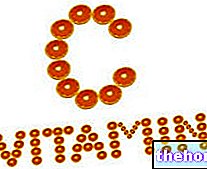

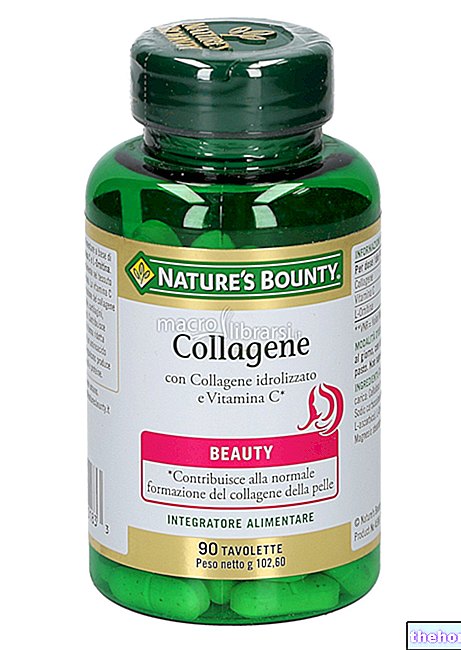
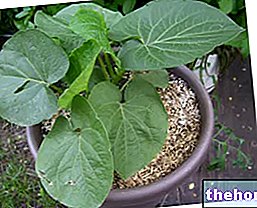
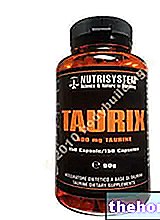
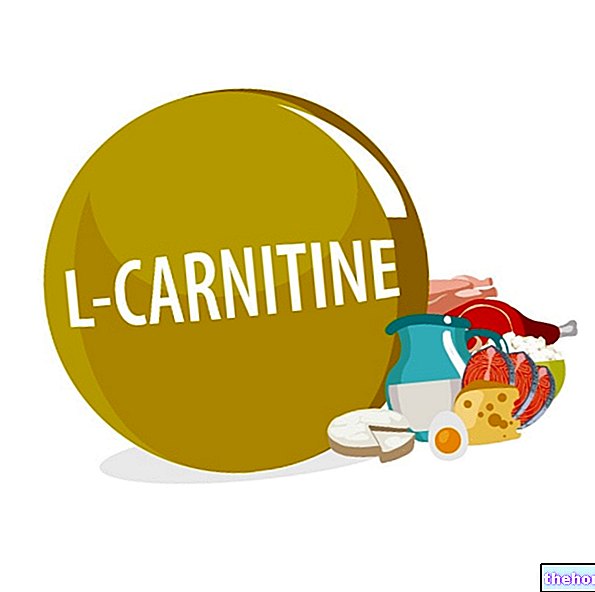









.jpg)











